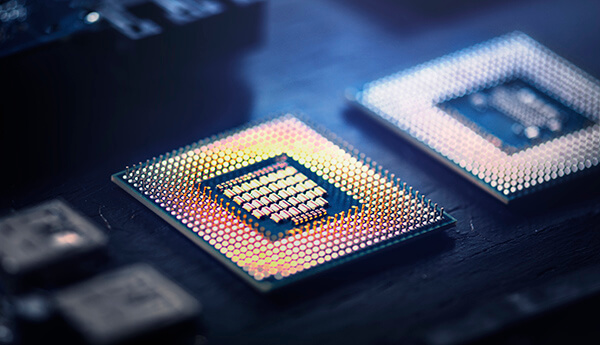When it comes to 3D modeling, a common question arises: What is more important, CPU or GPU? The debate between the Central Processing Unit (CPU) and Graphics Processing Unit (GPU) has been ongoing among digital artists, designers, and professionals in the field. Each component plays a crucial role in the overall performance of a computer system, but understanding their distinct functions and their impact on 3D modeling is key to making an informed decision.
In this article, we will delve into the comparison of CPU and GPU for 3D modeling, debunking the myth that one is inherently better than the other. We will explore the unique contributions of each component, their roles in different stages of the 3D modeling workflow, and the factors to consider when optimizing your system for optimal performance.

CPU Power: The Backbone of 3D Modeling
The CPU, often referred to as the brain of the computer, handles general-purpose processing tasks. It performs calculations, executes instructions, manages data, and coordinates the overall operation of the system. In the context of 3D modeling, the CPU plays a critical role in tasks such as polygon manipulation, scene management, physics calculations, and running complex algorithms.
A powerful CPU is advantageous for tasks that heavily rely on sequential processing, where calculations must be performed in a specific order. It excels in handling complex calculations, simulations, and rendering tasks that require high levels of computational power. Additionally, a strong CPU with multiple cores and high clock speeds can improve multitasking capabilities, allowing for smoother workflow management when running multiple applications simultaneously.
GPU: Unleashing Real-Time Visualizations and Rendering
The GPU, on the other hand, is specifically designed for handling graphics-related tasks. It excels at parallel processing, making it ideal for real-time visualizations, rendering, and handling large amounts of graphical data. The GPU’s architecture consists of multiple cores that can simultaneously process vast amounts of information, greatly accelerating rendering times and enhancing interactive experiences.
In 3D modeling, the GPU shines during tasks such as viewport navigation, real-time shading, texture mapping, and GPU-based rendering engines. It enables artists to work with complex scenes in real time, providing immediate feedback and enhancing the overall efficiency of the modeling process. GPU-based rendering engines, such as CUDA and OpenCL, can harness the immense parallel computing power of GPUs to significantly speed up rendering times.
Balancing CPU and GPU Power for Optimal Performance
While both the CPU and GPU contribute to the 3D modeling process, their roles and impacts differ depending on the specific tasks at hand. It’s important to strike a balance between CPU and GPU power to achieve optimal performance.
For CPU-intensive tasks such as complex calculations, physics simulations, and handling large datasets, investing in a powerful CPU with multiple cores and high clock speeds is crucial. This ensures smooth processing and efficient execution of these tasks.
On the other hand, for real-time visualizations, viewport interactivity, and GPU-accelerated rendering, a robust GPU with a high number of cores and VRAM capacity becomes essential. It allows for faster scene navigation, responsive viewport feedback, and accelerated rendering times, enhancing the overall user experience.
Furthermore, software optimization plays a significant role in leveraging the power of both the CPU and GPU. Utilizing software that effectively utilizes multi-threading and GPU acceleration capabilities can maximize the benefits of both components, leading to a more efficient and productive 3D modeling workflow.

In the debate between CPU and GPU for 3D modeling, it becomes clear that both components have crucial roles to play. CPU is essential for handling complex calculations, simulations, and overall system management, while GPU power unleashes real-time visualizations, accelerates rendering, and enhances viewport interactivity.
To achieve optimal performance in 3D modeling, it is important to strike a balance between CPU and GPU power. Investing in a powerful CPU with multiple cores and high clock speeds ensures smooth processing of CPU-intensive tasks. Simultaneously, a robust GPU with a high number of cores and VRAM capacity enables real-time visualizations, responsive viewports, and accelerated rendering times.
Furthermore, software optimization plays a significant role in maximizing the benefits of both the CPU and GPU. Utilizing software that effectively utilizes multi-threading and GPU acceleration capabilities can unleash the full potential of these components, leading to a more efficient and productive 3D modeling workflow.
Ultimately, the choice between CPU and GPU depends on the specific requirements of your 3D modeling projects. Assessing the nature of your tasks, considering the balance between computational calculations and real-time visualizations, and selecting the appropriate hardware and software configuration will help you achieve the best results.
In conclusion, CPU and GPU are both integral components in the 3D modeling process. Embracing the strengths of each component and finding the right balance will empower you to unlock the full potential of your 3D modeling capabilities, creating stunning visualizations and bringing your creative visions to life.




